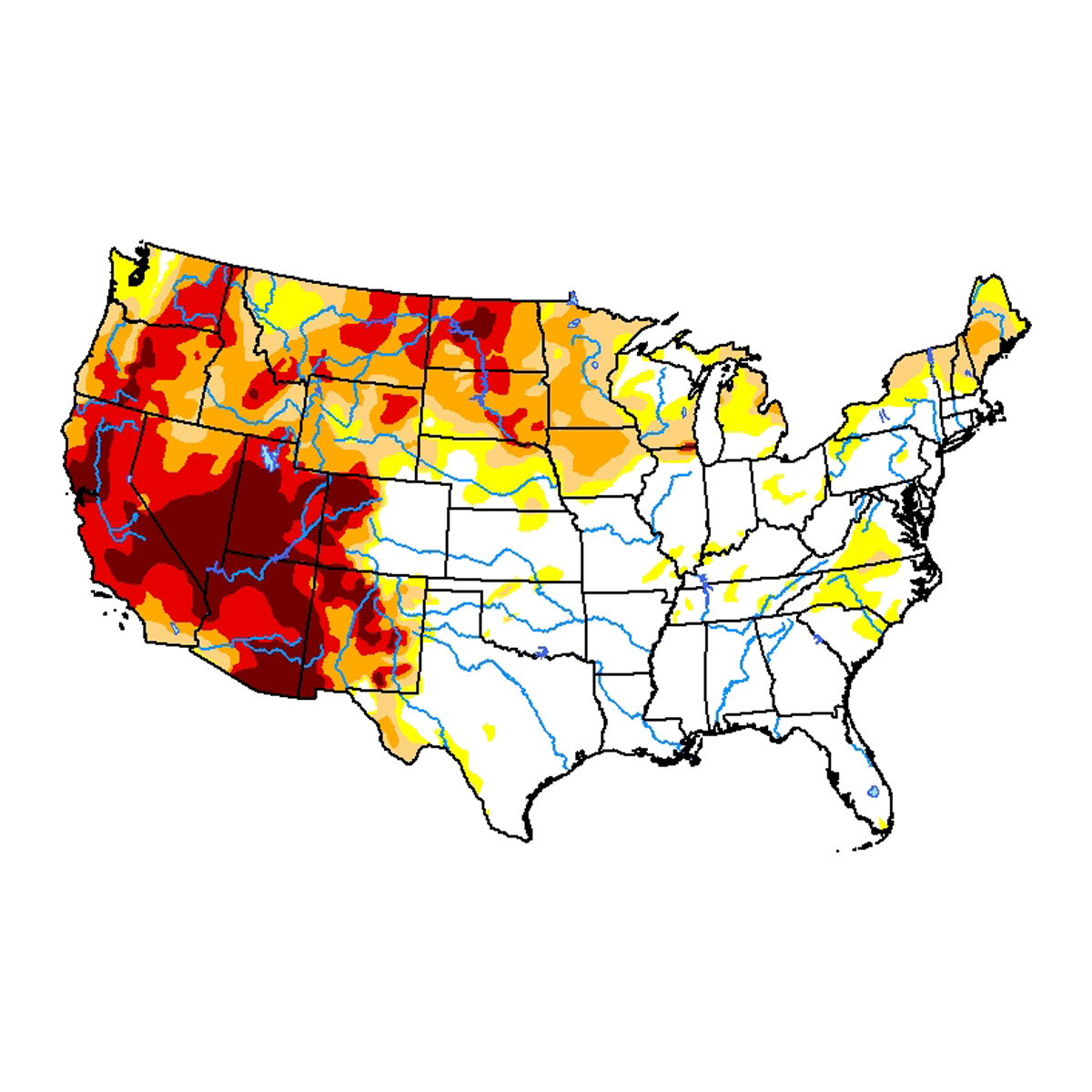TRCP gathered conservation leaders, fisheries managers, fishing businesses, and media at ICAST to discuss the Biden Administration’s proposal to conserve 30 percent of lands and waters by 2030
The TRCP and the conservation community at large have been highly engaged in helping shape
efforts to further protect America’s fish and wildlife habitat, focused especially on the effort to
conserve 30 percent of the nation’s land and water by the year 2030, commonly referred to as 30×30. This is why we gathered media and conservation leaders attending ICAST to discuss 30×30’s potential impact on recreational fishing with the help of an expert panel.
Panelists included: Janet Coit, the assistant administrator for fisheries at the National Oceanic and Atmospheric Administration; Marc Gorelnik, chairman of the Pacific Fishery Management Council and general counsel for the American Sportfishing Association; Chris Horton, senior director of Midwestern states and fisheries policy at the Congressional Sportsmen’s Foundation; and Jessica McCawley, director of the division of marine fisheries management at the Florida Fish and Wildlife Conservation Commission.
Here’s what you need to know:
More than 40 conservation and hunting and fishing advocacy groups joined together in 2020 to
create an effort to ensure that hunters and anglers are involved partners in 30×30, that critical fish and game habitat will be prioritized, and that access for outdoor recreation will continue. Hunters and anglers have always been at the forefront of land and water conservation with more than $65 billion generated for conservation since 1939.
“We’ve always been about conservation in the hunting and fishing community,” said Horton. “We’re all in, provided that hunting and fishing are recognized as compatible uses of our resources.”
In January, President Biden issued Executive Order 14008: Tackling the Climate Crisis at Home and Abroad. Section 216 called for identifying steps to conserve at least 30 percent of America’s lands and waters by 2030. Currently, it’s estimated that as much as 23 percent of the nation’s oceans and 13 percent of lands are already protected.
The recreational fishing community has worked aggressively with staff to help shape this effort and provided comments to the Department of the Interior and Department of Commerce. Past presidential administrations have created large ocean monuments that initially restricted recreational fishing. Legislation introduced in California in February 2020 initially could have made recreational fishing and other recreational activities off limits in large areas of the state. But recreational advocacy groups were able to add language that recognized the importance of access for recreational activities before the law passed in late 2020.
“Conservation is a goal, and protection is a means of achieving that goal,” said Gorelnik. “To some stakeholders protection is a goal to be reached through denial of access… There’s a place we can meet where we can have responsible access while also protecting biodiversity.”
Comments submitted to NOAA in March by a host of sportfishing and boating groups insisted that 30×30 efforts include:
- Recognition of the positive role that hunting and fishing play in conservation
- Protected area definitions that allow for well-managed and sustainable wildlife-dependent
activities - Consideration of existing protected areas in measuring progress toward stated goals
- Targeted, science-based conservation measures developed through a stakeholder-driven
process to address biodiversity threats - Clearly defined roles and authorities for the entities charged with carrying out the 30×30
initiative
This advocacy has paid off. Released May 6, the administration’s 30×30 report entitled “Conserving and Restoring America the Beautiful” specifically recognizes “the contributions and stewardship traditions of America’s hunters, anglers, and fishing communities,” as well as the benefits of healthy lands and waters to jobs and the outdoor recreation economy.
“We are pleasantly surprised and cautiously optimistic that hunting and fishing will continue to be in a leadership position advancing the goals of the 30 by 30 effort,” said Chris Macaluso, TRCP’s marine fisheries director. But the work continues for conservation groups, the administration, and Congress as specific details of what protection means and how it will be achieved are developed.
Learn more about the 30 by 30 initiative and the role of hunters and anglers here.
Take action now to ensure that hunters and anglers have a seat at the table as 30×30 is planned.
Photo by RimLight Media.






Stay the course, with pushing for hunting and fishing opportunities to remain. One thing, I have learned in life, is that if you do not attempt to preserve wild places some one may dig it up for other reasons!!!